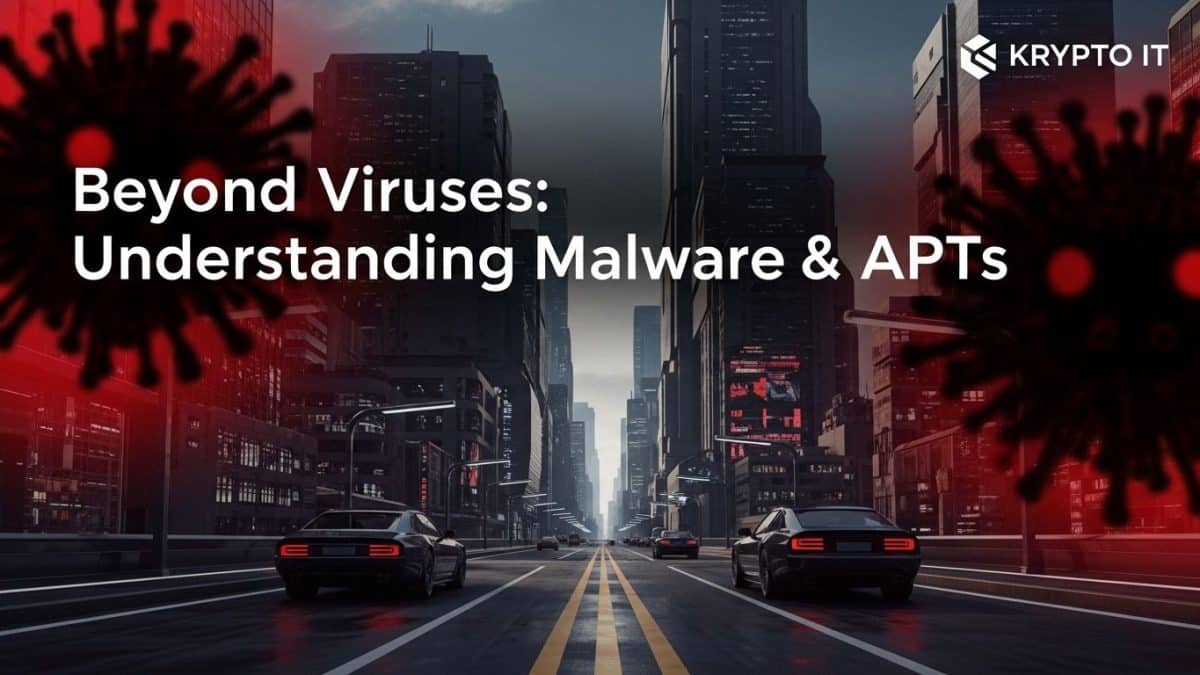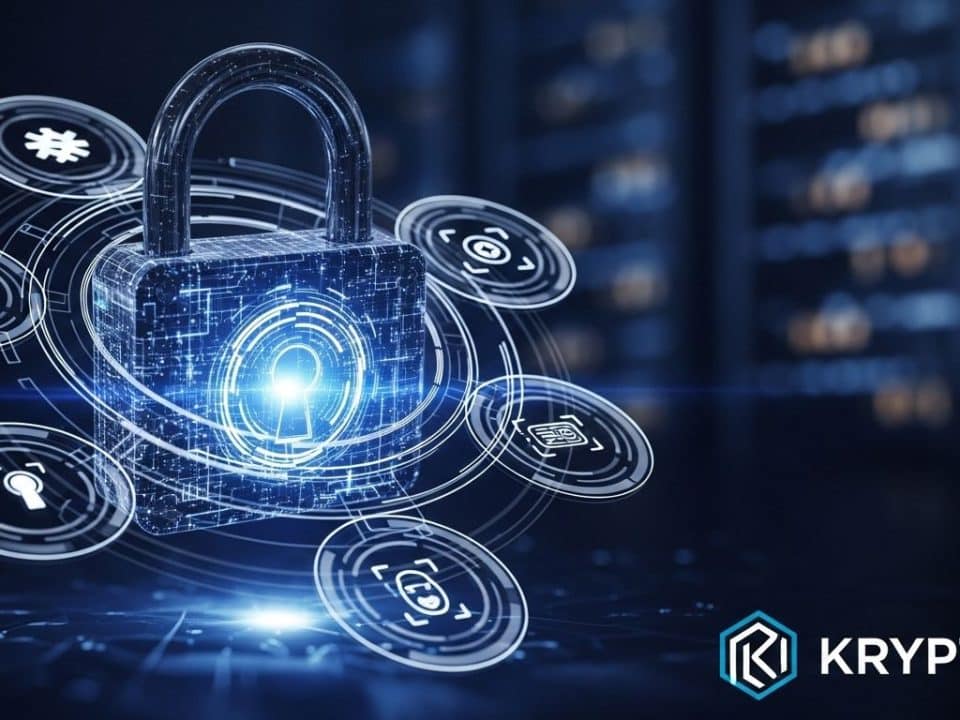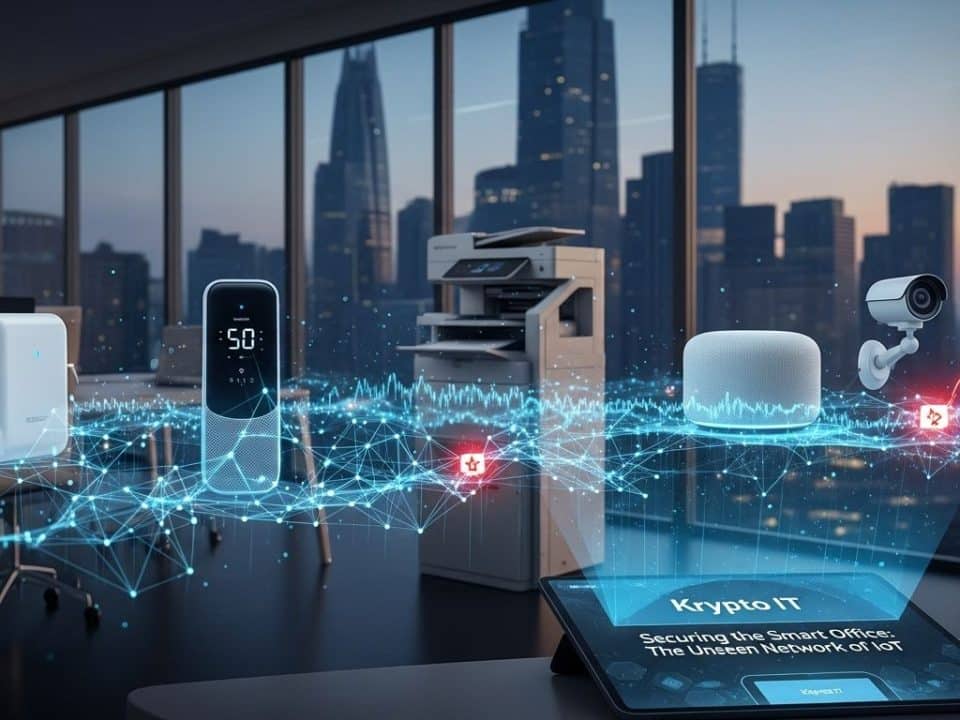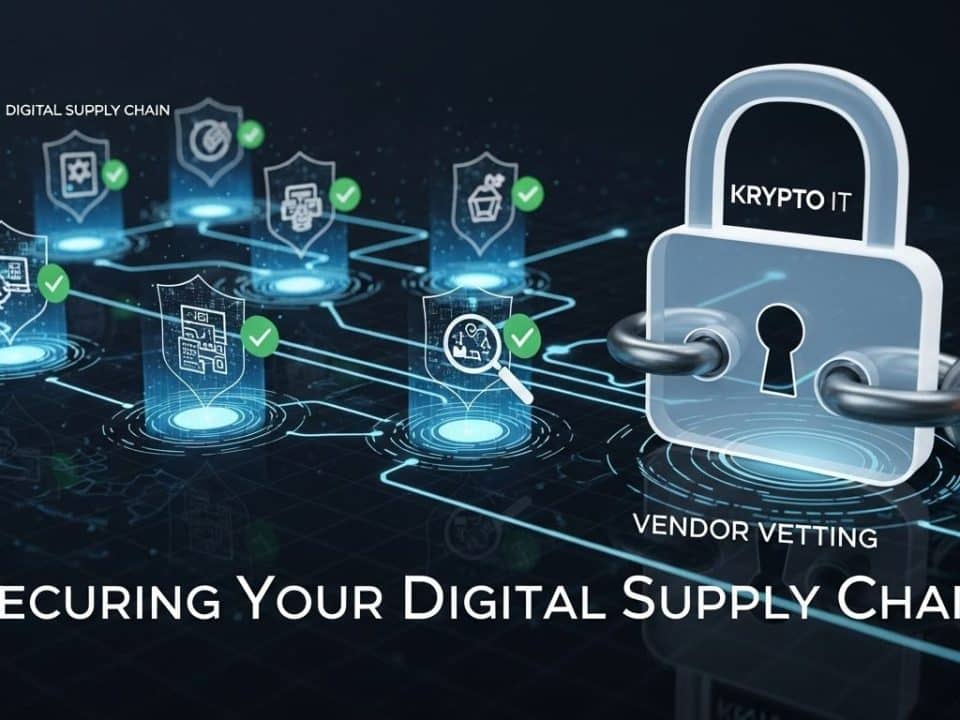
Ransomware: The Evolving Digital Hostage Crisis
June 2, 2025
Data Privacy: More Than Just Compliance
June 4, 2025Why Basic Antivirus Isn’t Enough for Today’s Sophisticated Cyber Threats
In the digital world, the term “malware” is often used interchangeably with “virus,” much like “Kleenex” is used for any tissue. However, just as there are many types of tissues, there’s a vast and increasingly complex spectrum of malicious software designed to harm your systems and steal your data. For Small and Medium-sized Businesses (SMBs) in Houston, understanding the nuances of malware, and particularly the elevated threat of Advanced Persistent Threats (APTs), is critical for building truly resilient cybersecurity defenses.
While traditional viruses are still a concern, the real danger for SMBs often lies in stealthier, more targeted attacks that go far beyond simple infection.
What is Malware? The Broad Spectrum of Malicious Software
Malware is an umbrella term for any software intentionally designed to cause damage to a computer, server, client, or computer network. Its purposes are varied, from stealing information to disrupting operations or gaining unauthorized access. Here are some common types:
- Viruses: The classic malware. They attach themselves to legitimate programs and spread when those programs are executed, often replicating to other files or systems.
- Worms: Self-replicating malware that spreads independently across networks, often exploiting vulnerabilities to move from one computer to another without human intervention.
- Trojans (Trojan Horses): Disguise themselves as legitimate software to trick users into installing them. Once inside, they can create backdoors, steal data, or download other malware. Unlike viruses and worms, they don’t self-replicate.
- Spyware: Secretly collects information about a user’s activities (Browse history, keystrokes, personal data) and sends it to a remote attacker.
- Adware: Displays unwanted advertisements, often aggressively. While sometimes just annoying, it can also lead to more serious infections.
- Rootkits: A collection of tools designed to enable persistent, stealthy access to a computer while hiding its presence from the operating system’s legitimate administrators. They often modify core operating system functions.
- Ransomware: Encrypts data and demands a ransom for its release, often coupled with data exfiltration.
- Keyloggers: Record every keystroke made by a user, allowing attackers to steal credentials, credit card numbers, and other sensitive information.
- Botnets: Networks of compromised computers (bots) controlled by a single attacker (bot-herder) to perform malicious tasks, such as launching DDoS attacks or sending spam.
What are Advanced Persistent Threats (APTs)? The Stealthy, High-Stakes Game
While all APTs use malware, not all malware is part of an APT. APTs represent the pinnacle of cyber sophistication, orchestrated by highly skilled and well-resourced adversaries – often nation-states, state-sponsored groups, or sophisticated criminal organizations. Their objective isn’t just a quick financial gain, but rather long-term, stealthy access to a target network to exfiltrate highly sensitive data, engage in espionage, or disrupt critical operations.
Key characteristics of APTs include:
- Targeted & Persistent: Unlike opportunistic malware that spreads widely, APTs focus on specific high-value targets (like government agencies, large corporations, or even strategically important SMBs within a supply chain). Once they gain access, they aim to remain undetected for extended periods, sometimes months or even years.
- Multi-Stage Attack: APTs rarely rely on a single vulnerability. They typically involve multiple phases:
- Reconnaissance: Extensive research on the target, identifying vulnerabilities and potential entry points (e.g., specific employees to phish, unpatched servers).
- Initial Compromise: Gaining a foothold, often through highly customized phishing emails (spear phishing), zero-day exploits, or compromised third-party vendors.
- Establish Foothold: Installing backdoors, rootkits, or other persistent malware to maintain access.
- Privilege Escalation: Moving from initial low-level access to administrative or system-level privileges.
- Lateral Movement: Navigating within the network to discover and access high-value assets and sensitive data.
- Data Exfiltration: Secretly extracting the target data, often in small, undetectable chunks.
- Maintain Persistence & Cleanup: Ensuring continued access, removing forensic evidence, and adapting to defensive measures.
- Customized Malware & Tactics: APT groups often develop their own bespoke malware, specifically designed to bypass standard security tools and avoid detection. They adapt their tactics in real-time based on the target’s defenses.
- Resourceful & Patient: These adversaries have significant resources, time, and expertise. They are patient, willing to wait for the opportune moment to strike, and resilient in the face of detection attempts.
Why SMBs in Houston Should Care: You’re Not Too Small
Many SMBs mistakenly believe they are too small to be targeted by APTs or that basic antivirus software is sufficient against all malware. This couldn’t be further from the truth:
- Supply Chain Attacks: You might not be the ultimate target, but if you’re a vendor or partner to a larger organization, you could be the easiest pathway into their network. APTs frequently exploit weaker security postures in supply chains.
- Valuable Data: Even if you don’t hold national secrets, you likely possess sensitive customer data, financial information, intellectual property, or access to critical systems that are valuable to cybercriminals.
- Stealth and Damage: Unlike disruptive ransomware that immediately announces its presence, APTs aim for stealth. They can siphon off your data for months or years without you knowing, leading to devastating long-term consequences, intellectual property theft, or competitive disadvantage.
- Evolving Tactics: The line between sophisticated criminal groups and nation-state actors is blurring, with advanced malware and techniques becoming more accessible.
Krypto IT: Fortifying Your Defenses Against Advanced Threats
Protecting your Houston SMB from sophisticated malware and APTs requires more than just off-the-shelf antivirus. You need a proactive, multi-layered defense strategy that includes:
- Endpoint Detection and Response (EDR) / Managed Detection and Response (MDR): To continuously monitor endpoints for suspicious activity that traditional antivirus might miss.
- Next-Generation Firewalls (NGFWs): With advanced threat intelligence and intrusion prevention capabilities.
- Security Information and Event Management (SIEM): To aggregate and analyze security logs for anomalous behavior that could indicate an APT.
- Advanced Email Security: To detect and block sophisticated phishing attempts, a common initial entry point for APTs.
- Regular Vulnerability Assessments & Penetration Testing: To identify and patch weaknesses before attackers exploit them.
- Employee Security Awareness Training: Educating your team about social engineering and suspicious communications.
- Incident Response Planning: Having a clear plan to detect, contain, and recover from an advanced breach.
Don’t let the complexity of modern cyber threats overwhelm you. Krypto IT specializes in equipping Houston SMBs with the robust defenses needed to detect and neutralize both common malware and the stealthy tactics of APTs.
Contact us today to schedule a free consultation and ensure your business is prepared for the evolving threat landscape.




